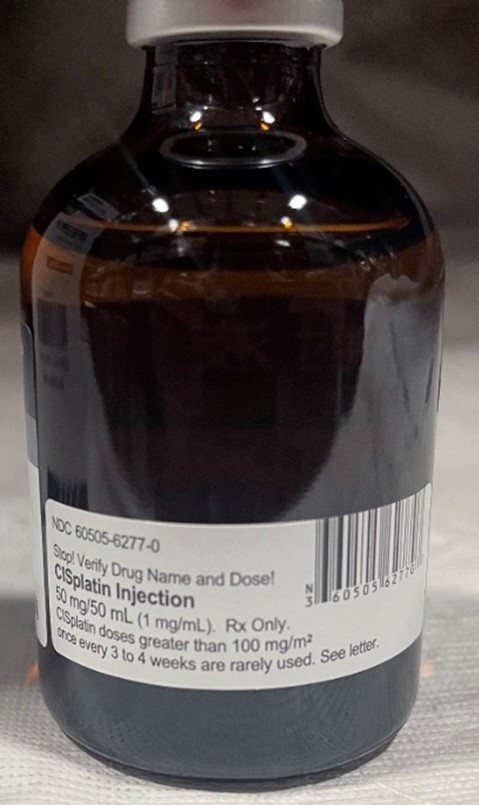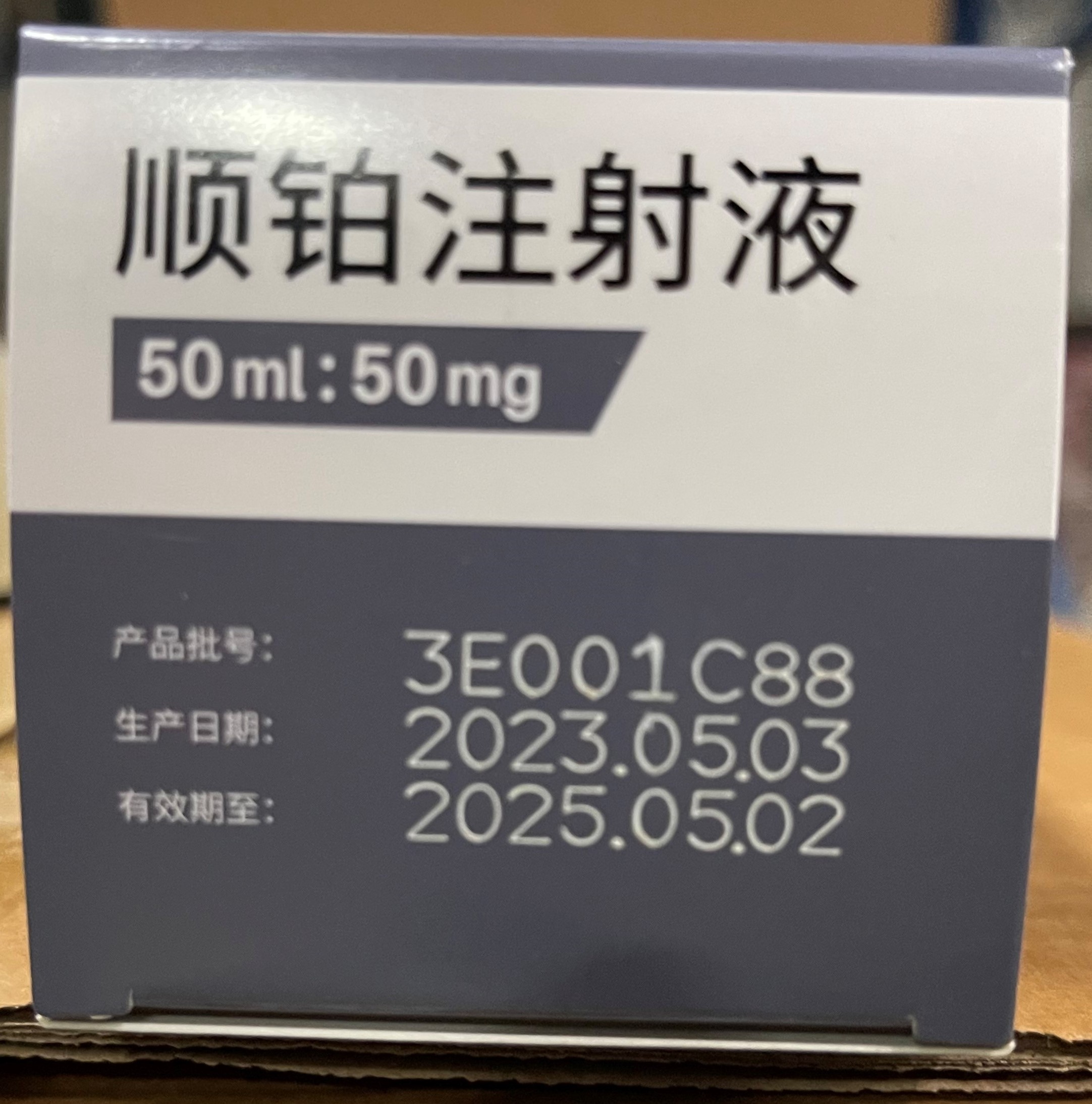FDA authorizes CISplatin importation from China
Due to the critical shortage of CISplatin, the US Food and Drug Administration (FDA) has authorized Qilu Pharmaceutical, in conjunction with its distributor Apotex, to temporarily import CISplatin manufactured and marketed in China and not FDA-approved in the United States. On June 2, 2023, FDA posted a letter from Qilu dated May 24, 2023, with important prescribing information for healthcare professionals. As with other imported products, this medication has unique packaging and labeling characteristics that may contribute to confusion and errors.
Qilu’s CISplatin is available as a 50 mg/50 mL injection in a preservative-free, multidose amber vial, similar to the FDA-approved product. However, it comes as a slightly viscous colorless to yellowish clear liquid, as opposed to a clear, colorless solution. Under “drug-drug interactions,” the letter mentions that bisulfite, metabisulfite, sodium bicarbonate, and fluorouracil can affect stability. (We received clarification from Qilu that this is not related to an in vivo drug-drug interaction in a patient. The stability interaction noted is in relation to compatibility in solution.) The imported product has similar storage recommendations (i.e., store at 15-25oC, protect from light, avoid refrigeration) to the US product. A sticker, applied to the carton and vial (Figure 1), contains the following information: translated name of CISplatin, the strength, the concentration, the US National Drug Code (NDC), a linear barcode that is readable by US systems, and these warning statements, “Stop! Verify Drug Name and Dose!” and “CISplatin doses greater than 100 mg/m2 once every 3 to 4 weeks are rarely used.”

The imported product's carton and vial label state the lot number, production date, and expiration date in Chinese characters (Figure 2), but this information has not been added to the sticker. Since there is both a production and expiration date, pharmacy staff may confuse the two dates. The manufacturer’s letter provides a table with the lot number and expiration date, but it is unclear how organizations will be able to translate the information on the carton and vial unless this information is also added to the sticker or translated in the table. For now, organizations should consider creating a label that includes the translated lot number and expiration date and apply it to the carton and vial. Ensure master formulation records are updated to include product-specific instructions for compounding.

Because the product is slightly viscous, there is a statement in the manufacturer’s letter about making the dosage accurate by injecting sodium chloride into the vial and shaking it to remove any drug that is adhering to the inner wall after initial drug removal. Unfortunately, questions remain about this step, which, presumably, would take place if one is unable to remove at least 50 mL from the vial. It may be difficult for practitioners to operationalize the washing process described to withdraw the expected amount of medication. This may also impact volume in the infusion bag, product compatibility with closed system transfer devices, or sterile compounding technologies (e.g., robotics, gravimetrics). ISMP is in communication with FDA and the manufacturer to better understand the amount of overfill in the vial and the need for this process. We will continue to provide updates.*
The continuing crisis with drug shortages and supply chain disruptions has resulted in ongoing patient safety and cost concerns. FDA importation of drugs during dire shortages can be very helpful and is viewed as a much needed back-up plan without which we would not be able to treat many critically ill patients. However, FDA importation of drugs is not without its challenges. Imported products will continue to present certain risks, including, for example, issues with product packaging and labeling. It is imperative that institutions assess the risks of imported drugs and put in place mitigation strategies to proactively prevent errors and report any that occur.
Suggested citation:
Institute for Safe Medication Practices (ISMP). FDA authorizes CISplatin importation from China. ISMP Medication Safety Alert! Acute Care. 2023;28(12):1-3.
*Updated June 21, 2023: Because the product is slightly viscous, there is a statement in the manufacturer’s letter about making the dosage accurate by injecting sodium chloride into the vial and shaking it to remove any drug that is adhering to the inner wall after initial drug removal. However, Apotex has confirmed with us that the full 50 mg/50 mL can be withdrawn from the vial without using the “washing” process described in the letter. The company told us they are in contact with the manufacturer and will update us on any further details.
Access this Free Resource
You must be logged in to view and download this document.
